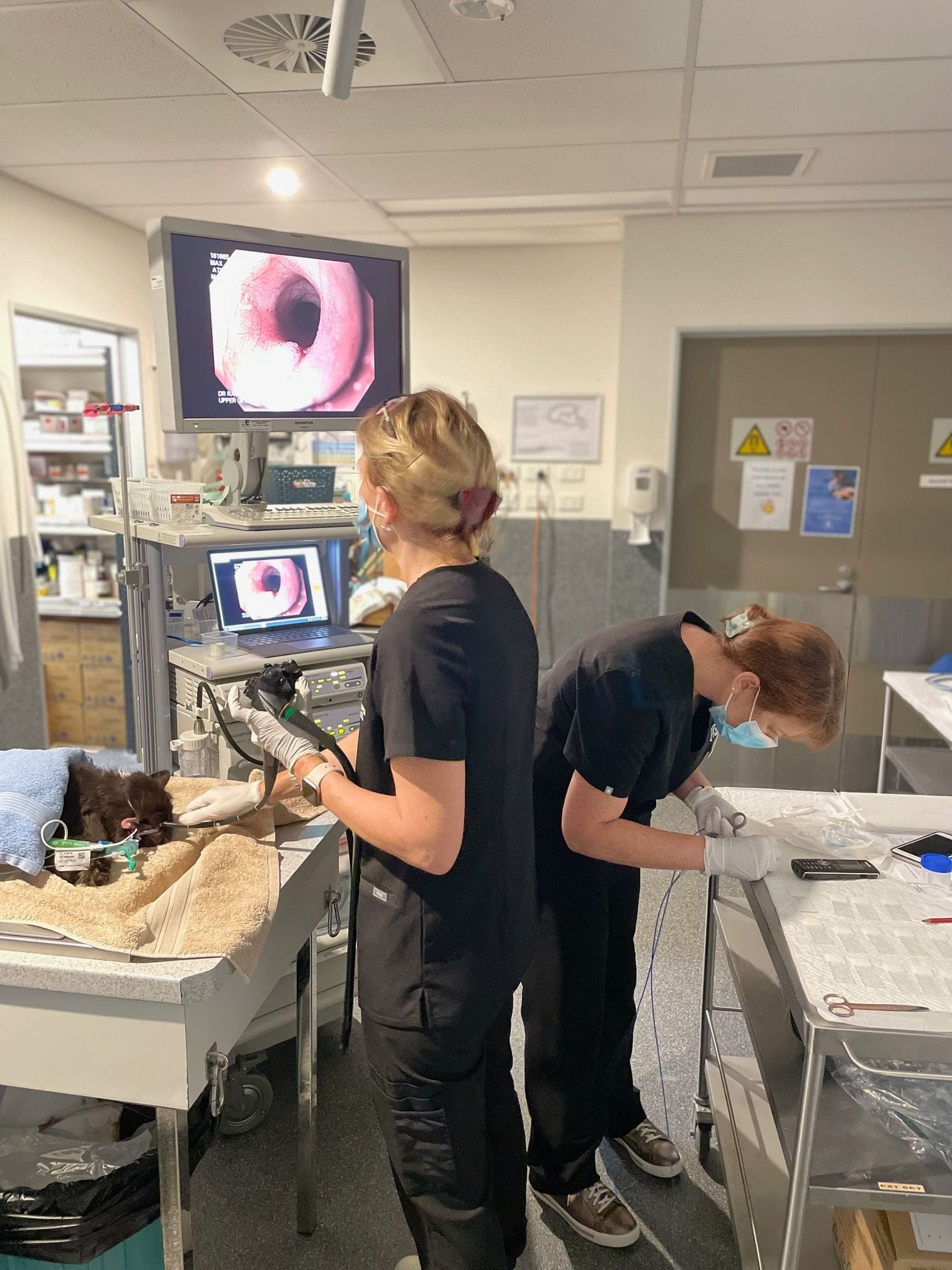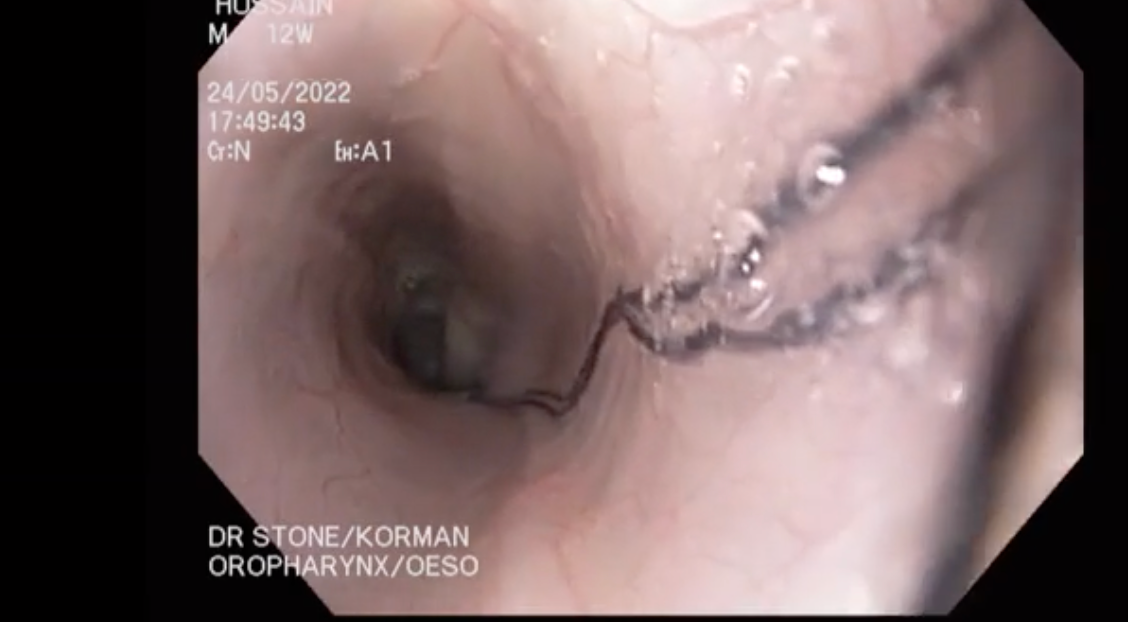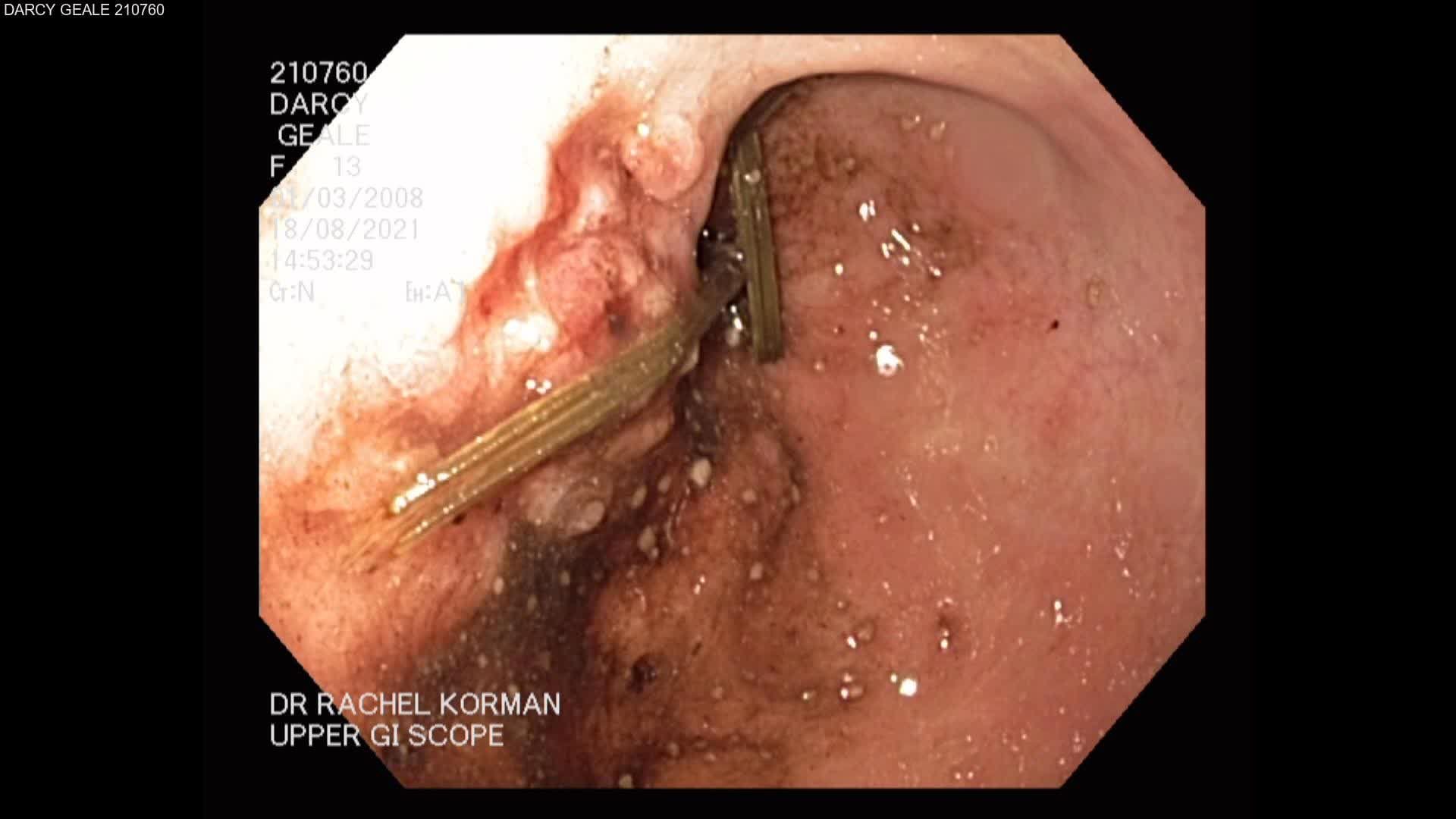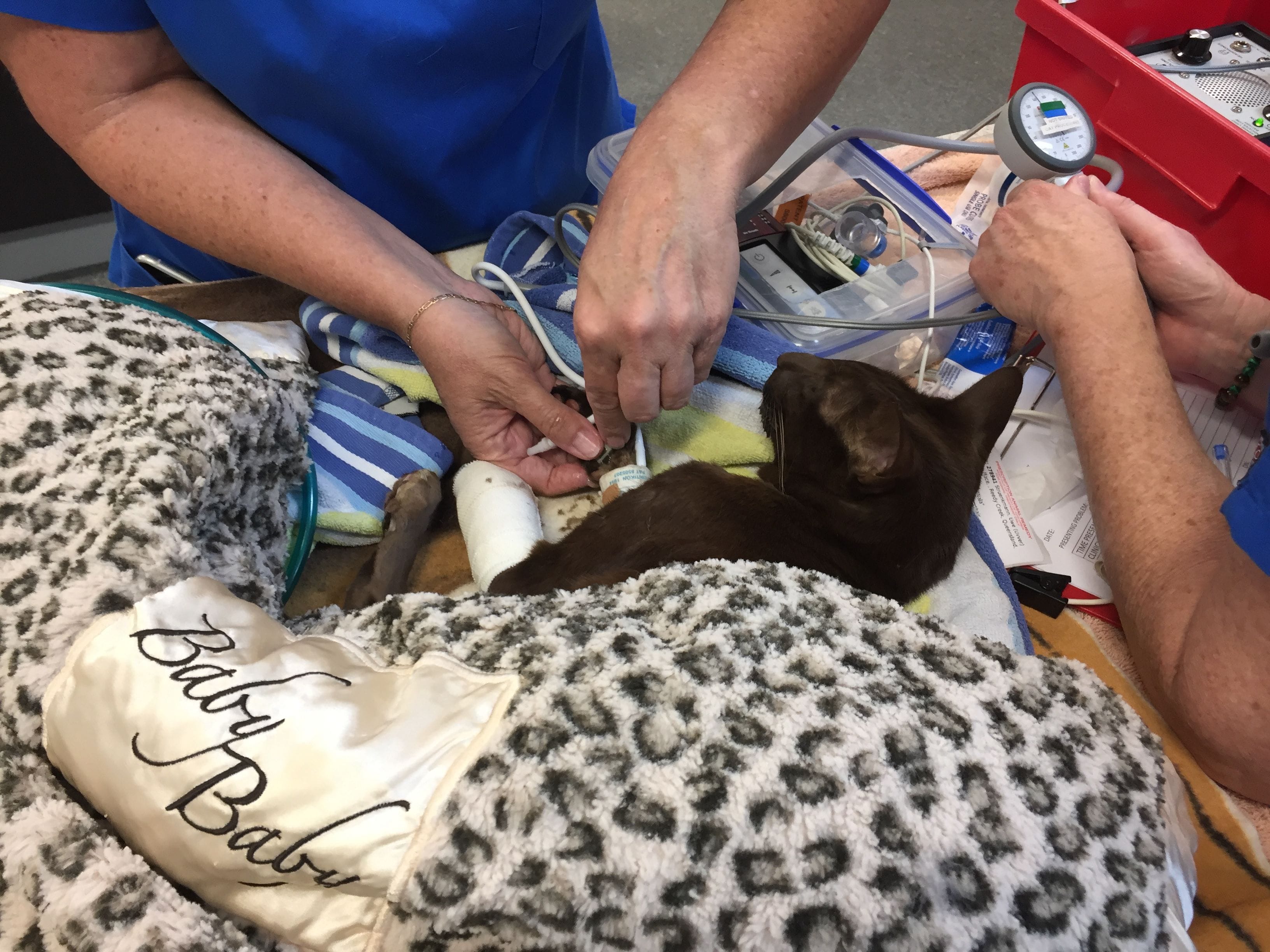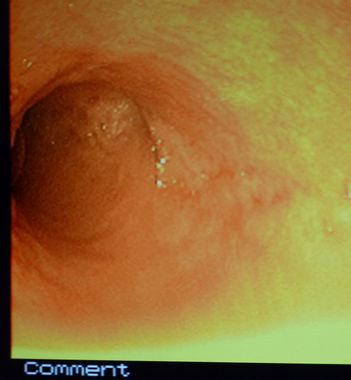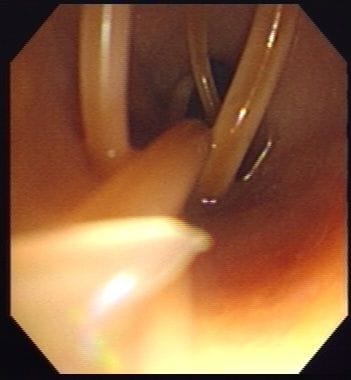Gastrointestinal (GI) endoscopy is the use of flexible endoscopic cameras that are guided through the mouth, oesophagus, stomach and the top part of the small intestine. This is known as upper GI endoscopy. Colonoscopy is where the endoscopic cameras are passed up the colon to the junction of where the large intestine joins the small intestine.
Endoscopy and colonoscopy are typically performed in patients with chronic vomiting, weight loss, inappetence or where gastrointestinal abnormalities have been identified on imaging.
They can be very useful in the diagnosis of feline inflammatory bowel disease, intestinal lymphoma, polyps, gastrointestinal ulceration and other types of intestinal cancer.
Both upper GI endoscopy and colonoscopy must be performed under anaesthesia.
Upper GI endoscopy requires patients to be fasted for 12 hours. Colonoscopy requires fasting of the patient for 24 hours. This is to ensure the parts of the GI tract that are being examined are not full of digesta. For patients having colonoscopy, additional enemas maybe performed when the patient is under anaesthesia.
Endoscopy has the advantage of being minimally invasive, however biopsy samples are very small and some regions of the intestinal tract cannot be reached with cameras. Additionally, some diseases only occur in the deeper layer of the intestines and these can only be diagnosed via surgical biopsies. We will discuss the advantages or disadvantages of each technique with you depending on your cat's combination of findings.
Biopsies obtained during the endoscopy are submitted to an external laboratory for processing and results take 3-5 working days to obtain.
Patients will normally be discharged the same day or the following day, depending on each case.
Your feline clinician will contact you to discuss the findings once the procedure is completed.

